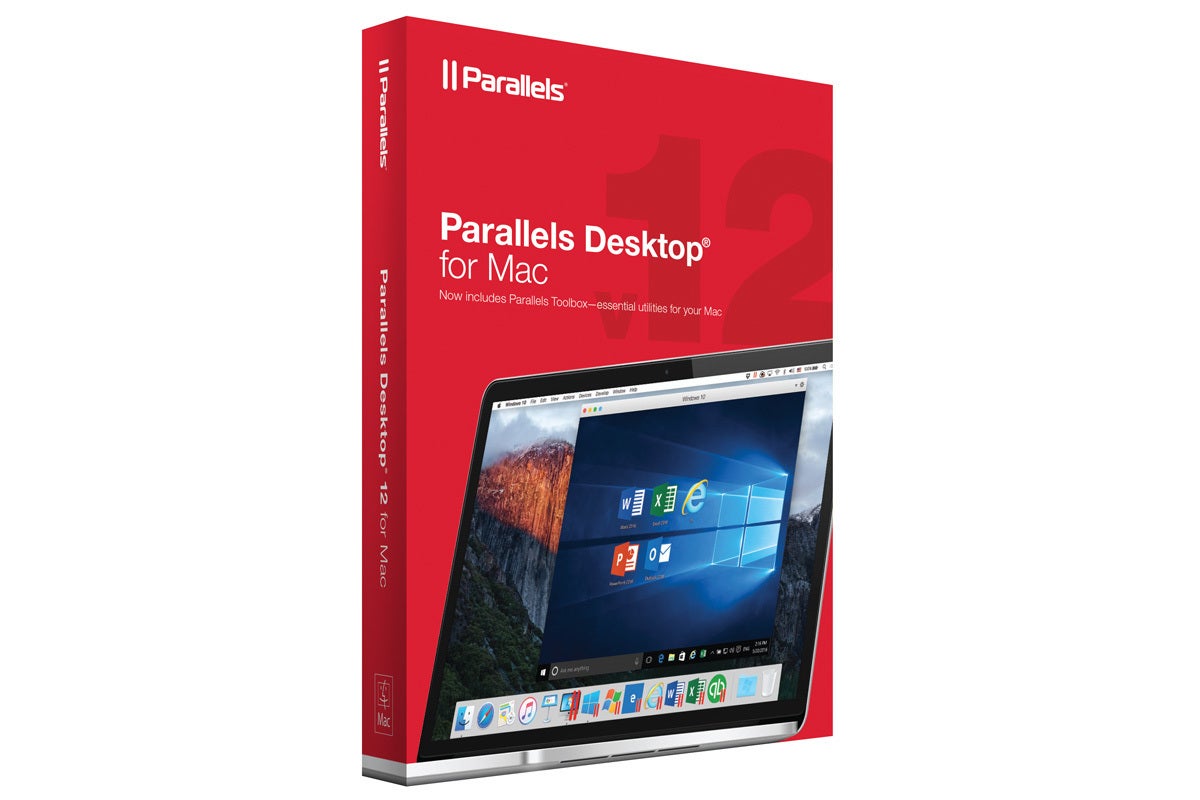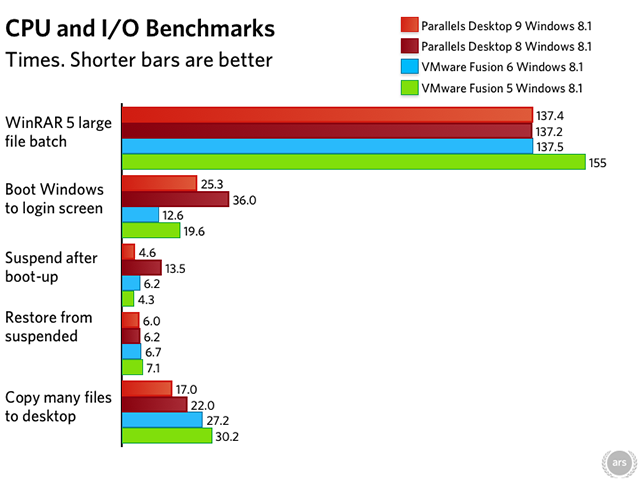
- #PARALLELS DESKTOP VS VMWARE FUSION 2016 FOR MAC#
- #PARALLELS DESKTOP VS VMWARE FUSION 2016 FULL#
- #PARALLELS DESKTOP VS VMWARE FUSION 2016 SOFTWARE#
- #PARALLELS DESKTOP VS VMWARE FUSION 2016 PASSWORD#
Both programs also now support USB 3 Parallels includes Bluetooth sharing.
#PARALLELS DESKTOP VS VMWARE FUSION 2016 FULL#
While Parallels’ support for DirectX 10 is marked as experimental, it worked fine in my testing.īoth Fusion and Parallels have added support for Retina displays when running Windows: You can run at pixel-doubled or full Retina resolutions. (Fusion supports only DirectX 9.0c.) Not only did it run, it ran quite well. Although it installed in both virtualization apps, I could run it only in Parallels, as the game requires DirectX 10. I also tried the demo of Just Cause 2, which runs in Steam. I got similar results when I tested each virtualization program’s OpenGL speed using Cinebench. Using that tool, with the same detail and resolution settings in both Parallels and Fusion, Parallels generated 40 frames per second Fusion could manage only 11. I tested quite a few games and generally saw better graphics and faster frame rates in Parallels than I did in Fusion.įor example, I installed the demo of ARMA 2, which includes an internal benchmarking tool. With these latest releases, Parallels has taken a clear lead on the gaming front. If you like to play any games that aren’t available for the Mac, Fusion and Parallels’ ability to accelerate 3D graphics in Windows is a wonderful thing. The Start interface, running in Parallels Desktop 8. In short, if you want to run Start apps, then-with either program-keep Windows in windowed mode, and you won’t have any problem. (Note: What used to be called the Metro interface in Win 8 is now usually just Start or, occasionally, the Windows 8 UI.)

For testing purposes, I used the final Windows 8 Developer Preview (which should be identical to the consumer version due out soon). In earlier reviews, I found that both Parallels and Fusion do well running earlier versions of Windows, so this time I focused on the upcoming Windows 8. While both Fusion and Parallels support literally hundreds of guest operating systems, most users will be employing them to run one or more flavors of Windows.

#PARALLELS DESKTOP VS VMWARE FUSION 2016 PASSWORD#
When using Parallels, however, I had some apps fail in Windows (which didn’t happen in Fusion), and there were times where I simply couldn’t type my password at the Linux login prompt. In Fusion, for example, entering and exiting full-screen mode causes more flicker and redraws than it does in Parallels. I didn’t have any outright crashes in either, but I did experience some minor oddities in both. If you need to open and close virtual machines all day, these time savings could add up.īoth virtualization apps are relatively stable. In some very simple testing, I found that Parallels is notably faster at each of those tasks, but particularly at suspending and resuming. The two virtualization apps do differ in speed-not the speed of the virtual OSes themselves or the apps in them, but the speed with which they open, sleep, resume, and shut down those OSes. There are a few differences, though, and that’s what I focused on in assessing the latest versions of each. They offer similar features, similar performance, and at times, even look similar.

Those first two options are the most popular-and, for most users, the most sensible-alternatives.Īnother result of this competition is that the two programs have evolved into near twins of each other.
#PARALLELS DESKTOP VS VMWARE FUSION 2016 FOR MAC#
Four main options are now available: two commercial virtualization apps ( Parallels Desktop for Mac and VMware Fusion), an open source alternative ( VirtualBox), and another solution that lets you install Windows apps without installing Windows ( Crossover). Since then, however, virtualization apps for the Mac have matured a lot. While those first virtualization apps didn’t support all of Windows’s features and weren’t terrifically fast, they were miles better than the Windows-emulation programs that had previously been available for the PowerPC chip.
#PARALLELS DESKTOP VS VMWARE FUSION 2016 SOFTWARE#
That’s because the chip switch was soon followed by the release of virtualization software that would let those users run Windows as if it were just another application on their Macs. When Apple switched to Intel processors, Windows switchers as well as Mac users who needed to run the occasional Windows app rejoiced.


 0 kommentar(er)
0 kommentar(er)
